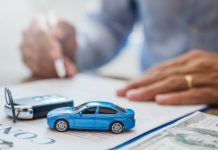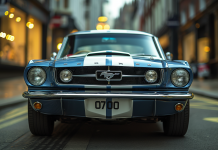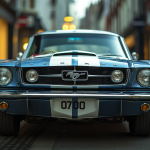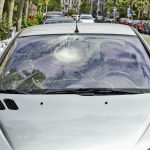Top things to look out for in used cars
Tuesday, 15 January 2013 7:58 AM
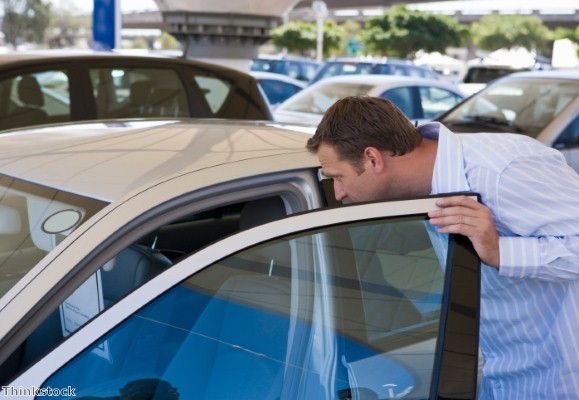
Thoroughly check any used car before you buy
Buying a used car can be an excellent way to get a set of wheels for less money than a new vehicle costs, but there are some things you need to be aware of when you start shopping in the second-hand market. Here are some tips to help you with your search.
1. Proof of ownership
One of the most important things to check when you're considering purchasing a used vehicle is that the person who's selling it has a right to do so. All cars in the UK have a V5 registration document, which provides details of the registered keeper of the auto, as well as previous owners.
It is vital to look at this and make sure it matches the advertisement you've answered. Do not accept any excuses from the vendor about why the V5 certificate is not present.
2. Signs of clocking
Clocking refers to the practice of winding back the odometer to make it look as though the car in question has done fewer miles. It can be difficult to tell if an auto has been clocked, but check the dashboard carefully for any signs that it has been tampered with.
You should also look back through the car's MOT certificates, as each of these will have a record of the car's mileage, to see if there are any discrepancies. As a general rule, most cars will do around 10,000 miles per year, so work out how old the vehicle is and see if the figures on the odometer tie in with your rough estimate.
3. Indications the car has been 'cut and shut'
A vehicle that has been cut and shut is actually the halves of two cars that have been involved in accidents and recorded as write-offs by insurance firms. The practice can be very hard to spot with a visual inspection, so the best way to avoid driving off in such a vehicle is to pay for a car data check.
This will provide you with a comprehensive history of the auto, covering things like the number of previous owners, that there is no outstanding finance on the vehicle and whether the motor has ever been involved in an accident.
4. Obvious damage/mechanical faults
The best way to tell whether there are any fundamental problems with a used car is to get behind the wheel and drive it. If the vendor won't let you take the motor for a test run, it's advisable to walk away.
When you go to view a car make sure you do so during the day time and preferably when it isn't raining, as this will mean you can properly inspect the bodywork for any signs of damage. If you notice anything amiss with the car in question – that hasn't been declared in the advert – talk to the seller about either them getting this fixed before you buy or reducing the price to account for the repairs.
5. Features that add value
Not everything you should be looking for on a used car is negative – you also need to keep an eye out for positive features that could mean you're getting a real bargain. Things like a high-quality stereo system, leather seats, alloy wheels, air conditioning or a built-in satnav can all be costly extras and often bump up the resale value of a vehicle.
It might be worth paying a bit more to get a car that has one or more of these things installed, as it will not only mean that you have a more comfortable drive, but also that the vehicle will hold its value a little better and may result in you getting a good price for it if you decide to sell it in the future.
One of the best ways to buy a second-hand motor is through an approved dealership, as these organisations will carry out checks on all the vehicles they sell, as well as give them a full service and MOT before letting you drive away in them. A further advantage to making a purchase with this kind of vendor is that you can sometimes get finance deals on used cars, which can make finding the cash for a new set of wheels a little easier.








